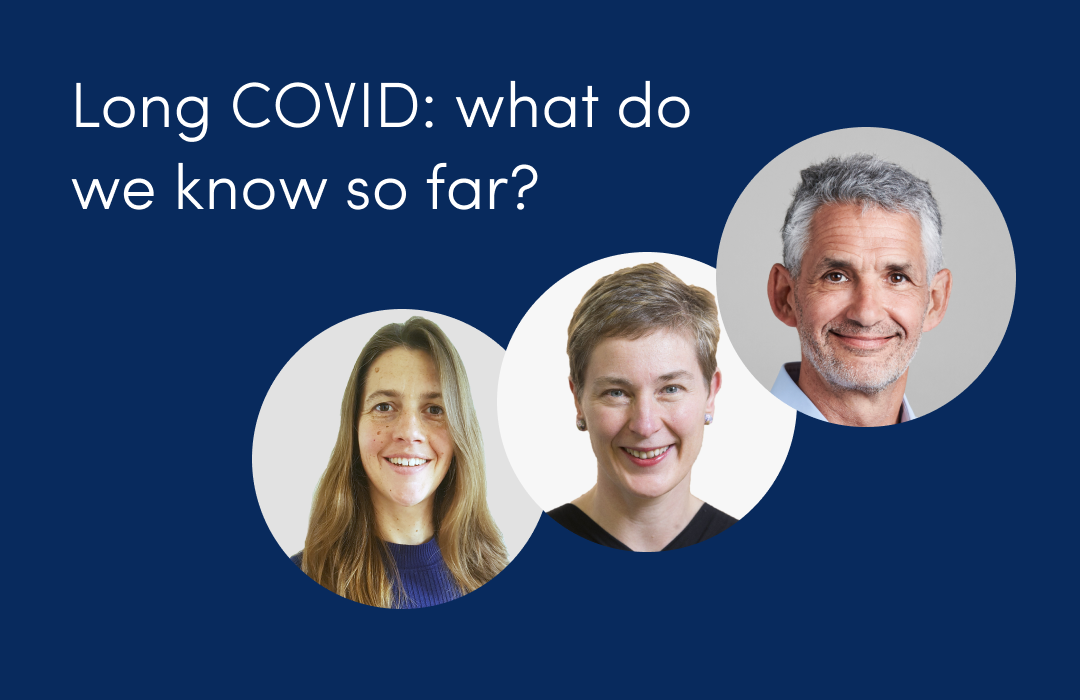
Is sudden confusion (delirium) a symptom of COVID-19?
March 26, 2021

This article has not been updated recently
Data from millions of users of the ZOE COVID Symptom Study app has shown that new mental disruption or confusion, known as delirium, can be a symptom of COVID-19. Here’s how to spot it and what it feels like.
What is delirium like in COVID-19?
Delirium is a particularly important symptom of COVID-19 for elderly people, especially those who are frail. There are two types of delirium, which both show a new change from a person’s normal behaviour.
The first is hyperactive delirium, where someone abruptly changes in their character and starts acting strangely. They may be agitated or distressed, or even aggressive. This sort of delirium is obvious to those caring for them because of what they say or do.
The second type is hypoactive delirium, which is more common and harder to spot. People with hypoactive delirium become withdrawn and less responsive or engaged in what’s going on around them, and sometimes drowsy. They can also become incontinent, because they don’t realise they need the toilet, and stop eating and drinking. Sometimes a person with delirium can be disoriented in time or place, which is not always obvious unless they are asked directly.
Data from the ZOE COVID Symptom Study app, along with data from patients admitted to hospital, were the first to show delirium to be a key symptom of COVID-19 in older people, leading to a change in medical guidelines. We have also seen with our data that probable delirium (new confusion disorientation or drowsiness) was associated with a higher risk of needing hospital support.
Delirium is a common response to infections and other new illnesses, especially in older people, and is not the same as ongoing brain problems like dementia or Alzheimer’s disease. It can be triggered by things like dehydration, a disrupted balance of salts (electrolytes) in the body, low oxygen levels and some drugs such as painkillers and steroids.
When does delirium happen in COVID-19?
Delirium tends to come on a few days into the illness, and usually lasts for a day or two, but may go on for longer.
How common is delirium in COVID-19?
The chances of having delirium with COVID-19 vary by age. In our app data, only around 6% of children who are ill with COVID-19 have delirium, while around 15% of adults aged 16-65 and nearly 20% of those over 65 report it.
Delirium is the only symptom of the disease for around one in five older patients who are hospitalised with COVID-19, so it’s very important to keep an eye out for the signs in older relatives or people you are caring for.
What other symptoms of COVID-19 are common alongside delirium?
Delirium is highly likely to occur alongside fatigue, headache and loss of smell (anosmia). It often comes together with symptoms like a sore throat, skipped meals, fever, unusual muscle pains, a persistent cough and dizziness.
Depending on your age and sex, you should contact your doctor if you have multiple different symptoms of COVID-19 in the first week of being ill.
What should I do if I have delirium and think it might be COVID-19?
If you or someone you live with or care for becomes suddenly confused you should get medical help, especially if they are frail and elderly. You should also:
- Follow the NHS guidelines and self-isolate at home to help protect the people around you and the wider community.
- Download the ZOE COVID Symptom Study app and log your symptoms to be offered a test through the app.
- Also log your health daily in the app, if you’re not already, to help us understand more about how COVID-19 affects people and contribute to life-saving scientific research.
- Check out our tips on looking after yourself if you are sick with COVID-19, monitoring your health at home and staying hydrated.
You should get urgent medical help if you have breathing problems, feel persistent pain in your chest or your lips or face are turning blue.
Stay safe and keep logging.












.png)


.jpg)














.png)







%202.png)
.png)


















.png)






